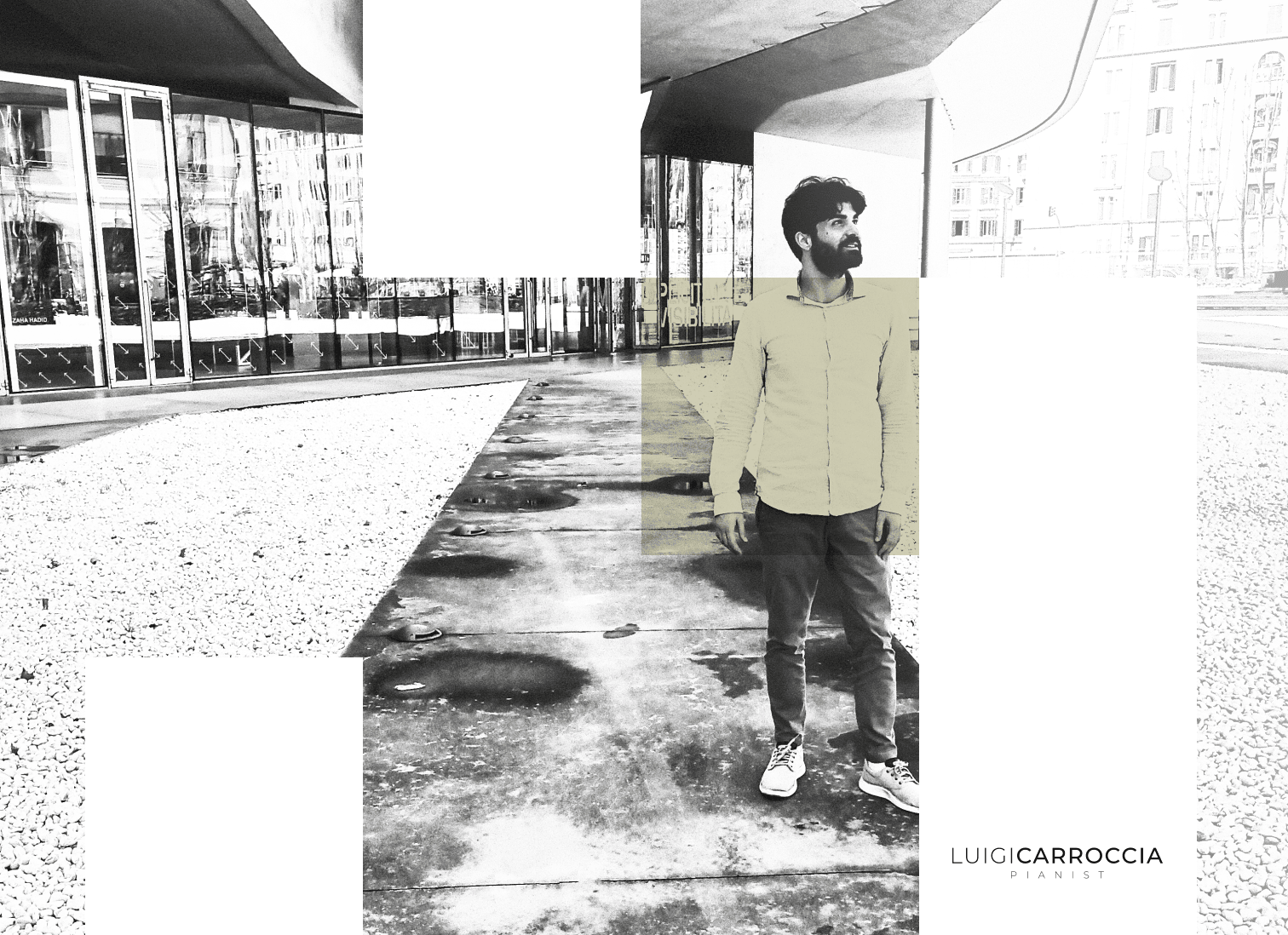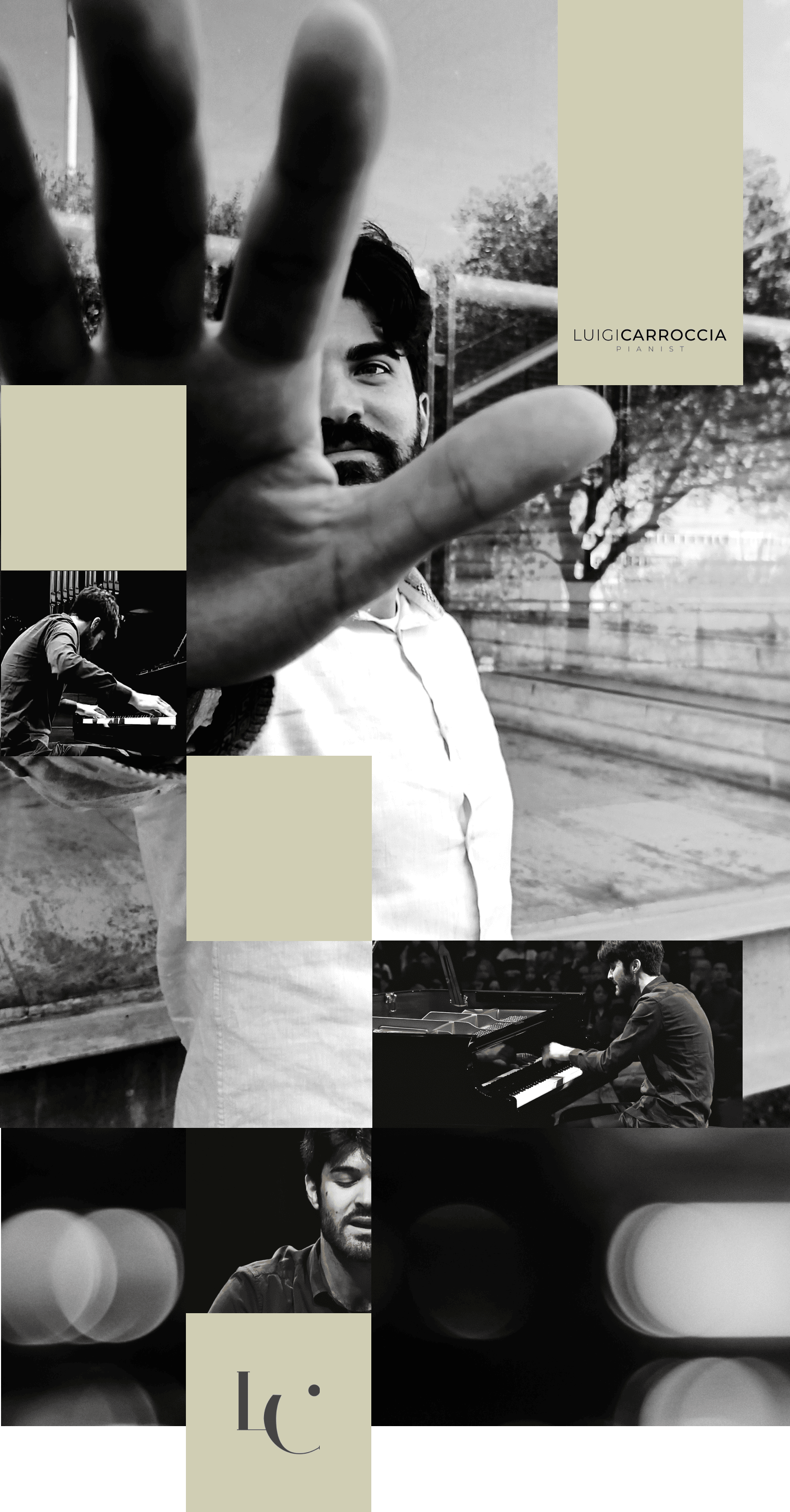
They can all play the notes rapidly and most can even get into the music. Carroccia was something different […]
He has that elusive who-knows-what that separates one artist from the others, and the chatter at intermission confirmed that the audience also realized the excellence we experienced
Gregory Sullivan Isaacs
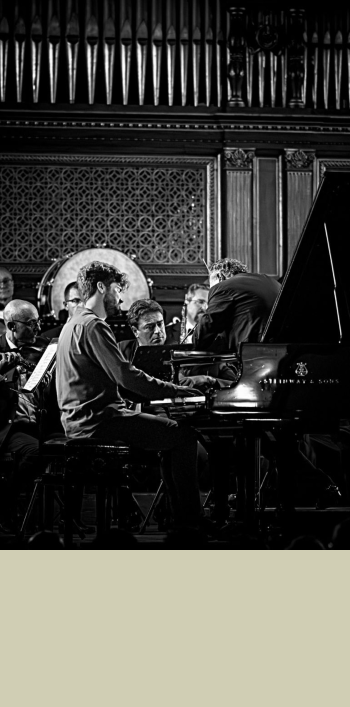
BIO
Luigi undertook his musical studies under the guidance of his father and grandfather, both musicians. His artistic maturation then continued at the C. Monteverdi of Bolzano where he obtained his Piano Degrees with full marks and honor.
In 2016 he received a Junior Fellowship from the Royal Birmingham Conservatoire and from 2018 to 2022 he was Artist in Residence at the Queen Elisabeth Music Chapel in Waterloo under the guidance of Louis Lortie.
Described by the Fort Worth Star-Telegram as an aristocrat of the piano, Luigi Carroccia has won numerous prizes in National and International Competitions, including the Virtuoso Prize at the Vendome Piano Prize held during the 2019 Verbier Festival and the Premio Abbado organized by the Italian Ministry of Culture in memory of Claudio Abbado.
He also distinguished himself at the Cliburn Competition in Fort Worth, the Ferruccio Busoni Competition in Bolzano and the Fryderyk Chopin International Piano Competition in Warsaw where he received enthusiastic praise from both critics and musicians such as K. Zimerman and M. Argerich.

His concert activity has seen him regularly engaged in Italy and abroad for festivals such as the Duszniki International Chopin Piano Festival, the Miami International Piano Festival, the Dresdner Musikfestspiele and in halls such as the Ishibashi Memorial Hall of the University of Tokyo, Flagey in Brussels, the Symphony Hall and Town Hall in Birmingham, the Sale Apollinee of the Teatro La Fenice in Venice, the Museo Teatrale alla Scala in Milan and the Salle Bourgie in Montreal.
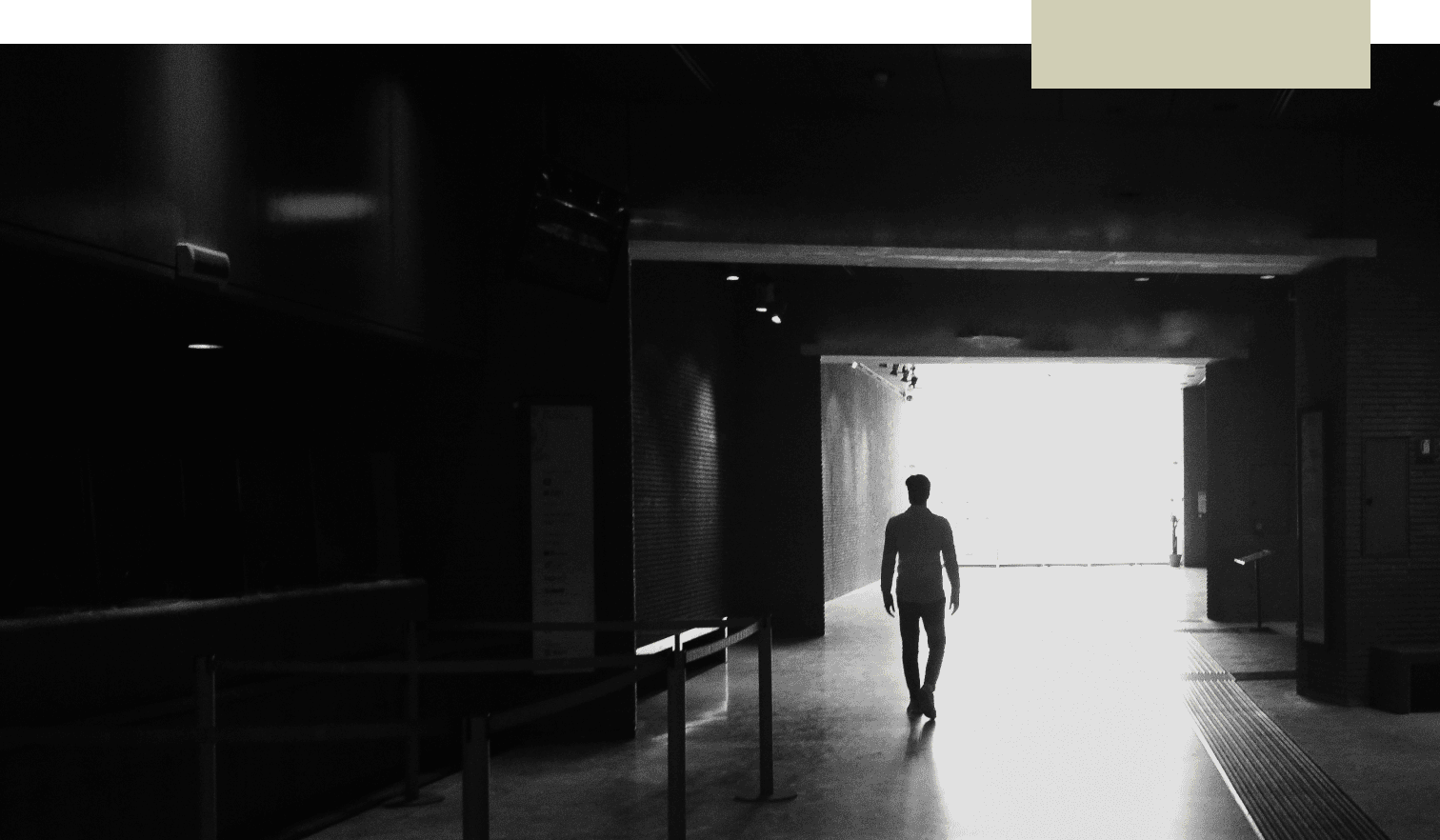



Competition
Van Cliburn, Fort Worth
“Luigi Carroccia took the stage with an air of confidence born out of being secure with his abilities. And was he ever. As his performance went on, the realization of his gift only grew stronger. They can all play the notes rapidly and most can even get into the music. Carroccia was something different.
He gave each selection a definitive performance, and that is not a compliment nor hyperbole. It is a fact, and one that continued to reveal itself as the program continued, until it became impossible to dismiss.
He has that elusive who-knows-what that separates one artist from the others, and the chatter at intermission confirmed that the audience also realized the excellence we experienced.
There isn’t any reason to pull out my thesaurus of adjectives to describe the program in detail. He delivered a spectacular performance, sitting upright on the chair only needing to use his body in the biggest moments for effect.
The other thing to mention is the complete independence of his hands, as if they belonged to two different people. They complemented each other, sometimes in the background and other times taking the lead.
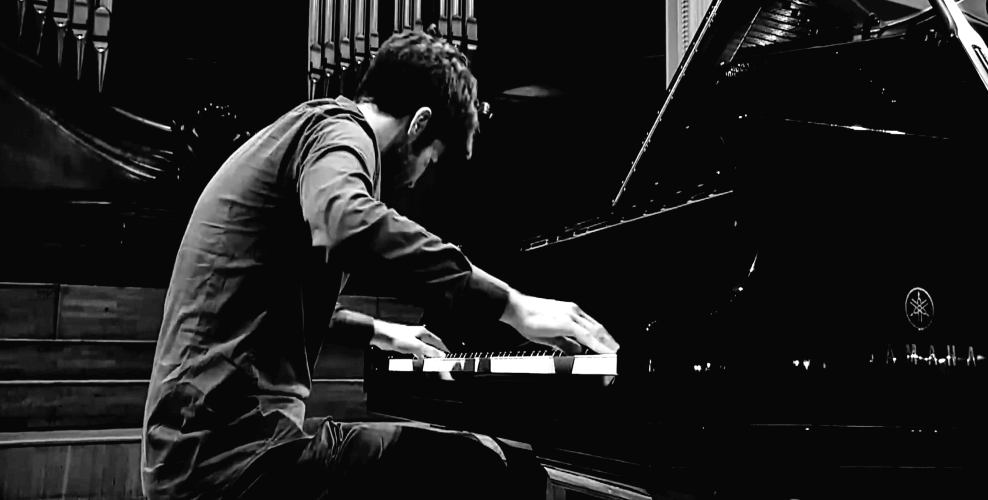
If there was a wrong note, I didn’t hear it. But I did hear many notes that I never realized were there as he brought out hidden nuggets in practically every phrase.
In the Gluck, we heard him play the solo line as if it were on a string or wind instrument. What a lovely way to start what looks like a grueling day! In the Chopin, he knew exactly what to do. Some statements were incredibly soft and the big ones were forceful without overplaying the instrument.
Some upward scales were more like a breeze than real notes. The penultimate chords were hushed to allow for one final splash. When he started the Scriabin, we were suddenly in another sonic universe and he was equally at home.
He closed with the Hamelin, which in other hands may not be the wisest move. Not to worry. His conception leaned to the romantic side but as seen through Ravel. He sent me back to the score to see if I missed the boat on my initial evaluation of it. He may have looked calm and collected. And perhaps he was, but his frequent mop of his brow showed how hard he was working on the inside.
It was an amazing performance and it will be a shock if he doesn’t advance.
Gregory Sullivan Isaacs, Theater Jones
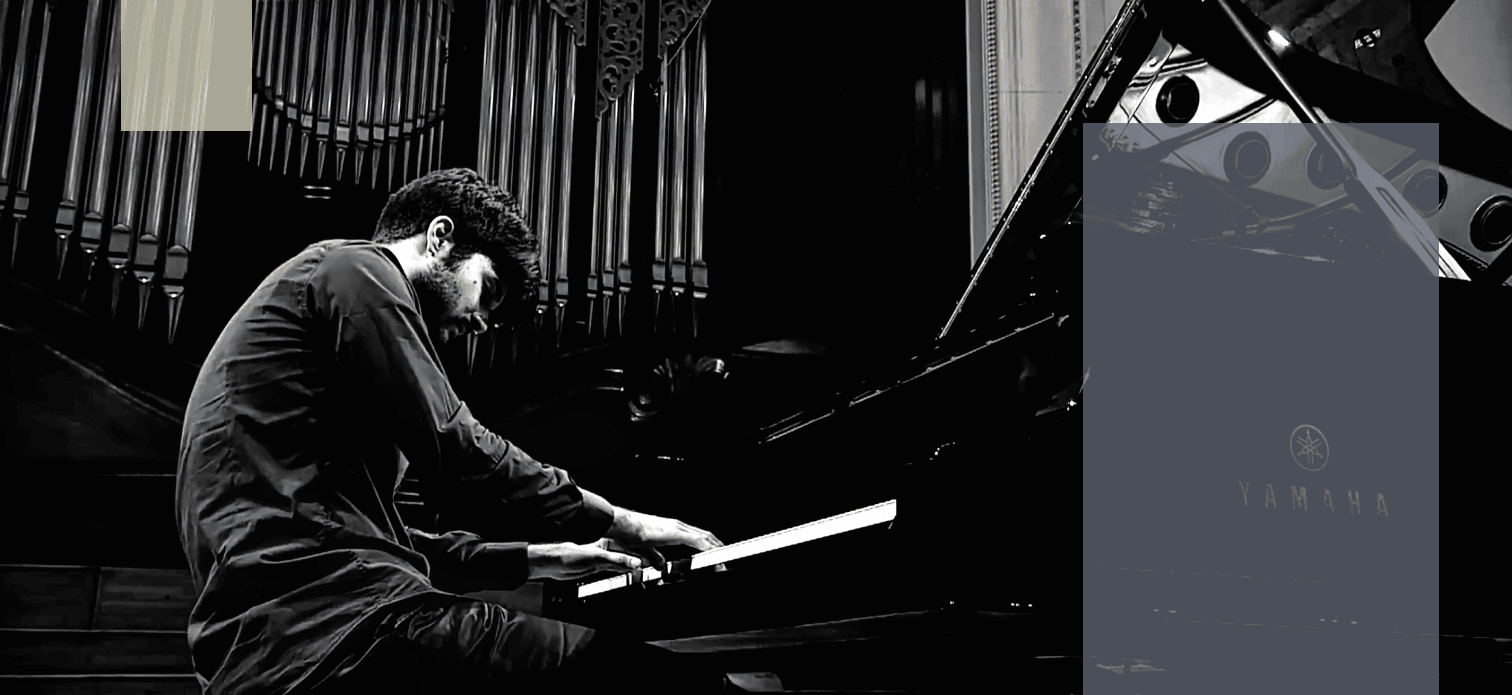
Competition
Van Cliburn, Fort Worth
Italian pianist turns melody into magic in the Cliburn Prelims.
Carroccia is an aristocrat of the piano; there doesn’t seem to be a nonmusical atom in his being. That became apparent with his first notes. He began with a short, modest piece — an arrangement of a melody from Gluck’s opera Orfeo ed Euridice — and turned it into magic. Its beauty was irresistible.
A lovely Chopin Polonaise-Fantaisie and an eloquent third sonata by Scriabin preceded the biggest surprise of his recital: He gave Hamelin’s required toccata prominence by placing it last on his program (most put it elsewhere) and found things in it that others have missed.
He created subtleties of tempo, dynamics and emphasis that seemed inevitable. In short, in Carroccia’s hands Hamelin’s toccata seemed a work of art, not an exercise.
Olin Chism, Fort Worth Star-Telegram

Competition
chopin, varsavia
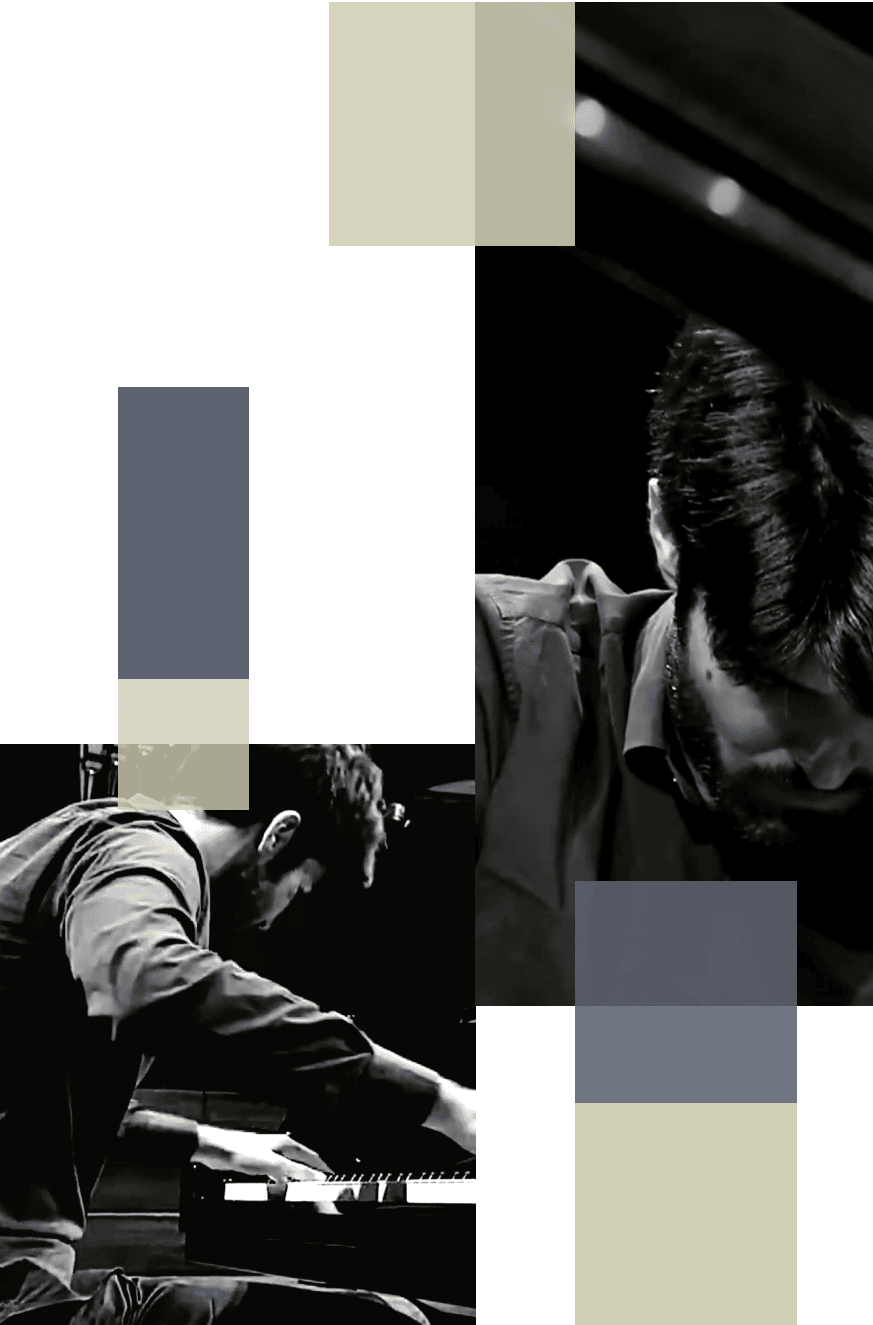
Luigi Carroccia emerged as an artist, one of the few who grasped the real essence of Chopin as this listener envisions him.
Edith Hall-Friedheim
The Italian pianist turned out to be the one for whom I had been waiting in many regards – he was able to reach for the music in which he evidently feels best: song-like, not excessively dramatic. His Impromptu in F-sharp minor was for me – besides the Barcarolle from the first round – the most chopinistic Chopin in this Competition
Jakub Puchalski, Tygodnik Powszechny
On the stage of the National Philharmonic appeared an artist who I immediately recognized as one of the most likely candidates for the first prize of the Competition, and the prize for the best execution of the mazurkas […].
The interpretation of Carroccia is intriguing in many aspects, among these I appreciated the richness of sound – which is rarely found among young performers – and the idiomatic, sometimes even improvised, approach to the musical material.
The Barcarolle, op. 60, perceived by the Italian, brought to the mind a story with several chapters, full of both dancing and contemplative episodes. The pianist (like no one before in the preliminaries), managing to perfectly manipulate the rubato, influenced positively the development of the piece’s narrative. The Mazurkas were also sensational, even if Carroccia interpreted these miniatures in an extremely subjective way, making them more like little dancing poems full of emotional gradations.
The Nocturne in D flat major op. 27 n. 2 was perceived by me as a preview of a young Alexander Skrjabin, not fearing Carroccia or daring dynamics or almost expressionist agogic proposals.
Dariusz Marciniszyn, Ruch Muzyczny
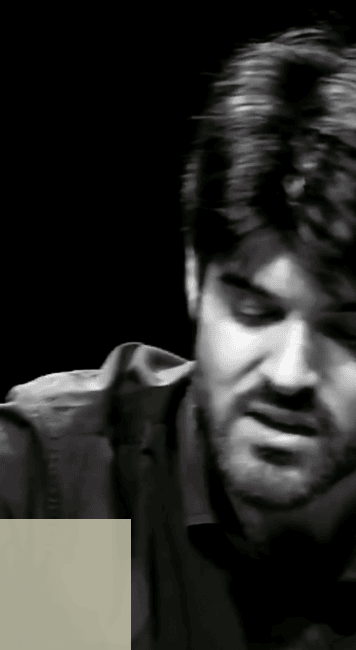
REviews
festival
Miami INTERNATIONAL Piano Festival
Carroccia shines in Chopin and Scriabin at Miami Piano Festival.
Luigi Carroccia performed Saturday night at the Miami International Piano Festival.
The Miami International Piano Festival takes pride in presenting undiscovered performers on the cusp of their careers. And so Saturday evening at the Colony Theater in Miami Beach, the festival hosted the United States debut of the Italian pianist Luigi Carroccia, who graduated from the Claudio Monteverdi Conservatory of Bolzano in 2013 and is making the rounds of European competitions and concert halls. From a glance at the composers on the Discovery Series program, this would appear to be a young man’s concert, promising a keyboard-pounding evening of flash and fire. There was Scriabin, Chopin and Rachmaninoff, with Bach appearing only in an arrangement by the Italian pianist and composer Ferruccio Busoni.
But while Carroccia has ample technique, he chose works from these composers’ more lyric and contemplative sides, giving a recital in which his range of tone colors, gift for long melodies and yes, ability to zip up and down the keyboard and play rapid-fire octaves when called for, came in service of the music.[…]

He opened with a grave and solemn performance of the Bach- Busoni choral prelude “Ich ruf zu dir, Herr Jesu Christ” (“I call to you, Lord Jesus Christ”). His soft but assured style drew glowing, organ-like tones from the keyboard, with a big crescendo toward the end that rose and fell without a trace of percussiveness.
Alexander Scriabin composed his Sonata No. 3 in his late 20s, before the Russian pianist- composer’s mind and music departed for unchartered territory. Unlike what was to come later, this work’s melodic and harmonic vocabulary sounded similar to what his late-19th century colleagues were composing.
Carroccia gave a rousing performance, without over-personalizing the music, nor engaging in the sort of rushed, emotionally supercharged playing with which some pianists distort this sort of piece. He showed respect for the rhythmic and melodic structures, with his big tone and assured technique drawing forth the music’s Chopinesque romanticism, its bursts of melody and climactic passages in octaves.
The bass figures in the Andante came off with a smoky allure, and in the last movement, he drew maximum force and emotion from the sudden rhapsodic melody that rose over rumbling bass passages.
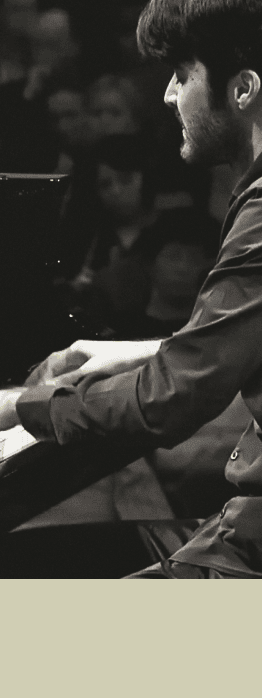

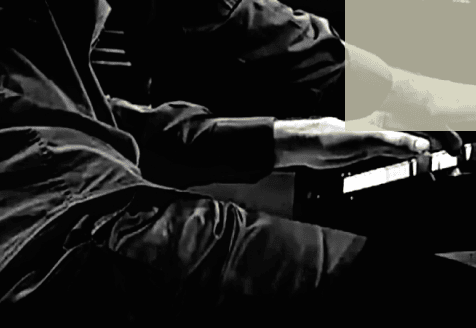
From Chopin, he chose some of the composer’s final works: the Barcarolle Op. 60, Polonaise- Fantaisie Op. 61 and Nocturne Op. 62. In the Barcarolle, he brought a light, silvery tone to the ornaments running over the rolling accompaniment in the bass. He gave a detailed account of the Polonaise-Fantaisie, taking the time to relish details such as the harp-like arpeggios that open the work and appear later.
Yet the most impressive thing through all these works was his gift for Chopin’s melodies. In these passages, which typically fall within the range of the human voice, he played with a natural rubato, drawing out their tensions and emotional ache in a manner that seemed to bring out the essence of Chopin’s music.
David Fleshler
Beethoven reviewed by Liszt at the Salle Bourgie: amazing!
Luigi Carroccia has something completely different in store for us with the Sixth Symphony, “Pastorale”, which he plays without scores. If the work, more airy, more “atmospheric”, appears less dense, perhaps more technically accessible than the previous one, however, he proves to be an artist of undeniable talent.
The pianist is never in a hurry to speak, masterfully painting atmospheres with an impressive palette of colors. Think of the sounds of the birds at the end of the second movement, or the formidable storm that serves as the fourth movement, a piece that, with its roaring low octaves, almost sounds more Liszt than Beethoven.
Emmanuel Bernier

03/05/2024
Roma, Sala Accademica del Conservatorio di Santa Cecilia
16/05/2024
Padova, Sala dei giganti
15 e 20/07/2024
lago di como, Lacmus festival
26/07/2024
Perugia, Sala dei Notari
01/09/2024
Fondi, Palazzo Caetani | Festival Riviera di Ulisse
11/09/2024
Porto Cervo, Costa Smeralda Classic Music Festival
17/11/2024
Usa, new britain musueum of american art
22/11/2024
New York, consulate general of the republic of poland
05/12/2024
Venezia, sale apolinee del teatro la fenice
